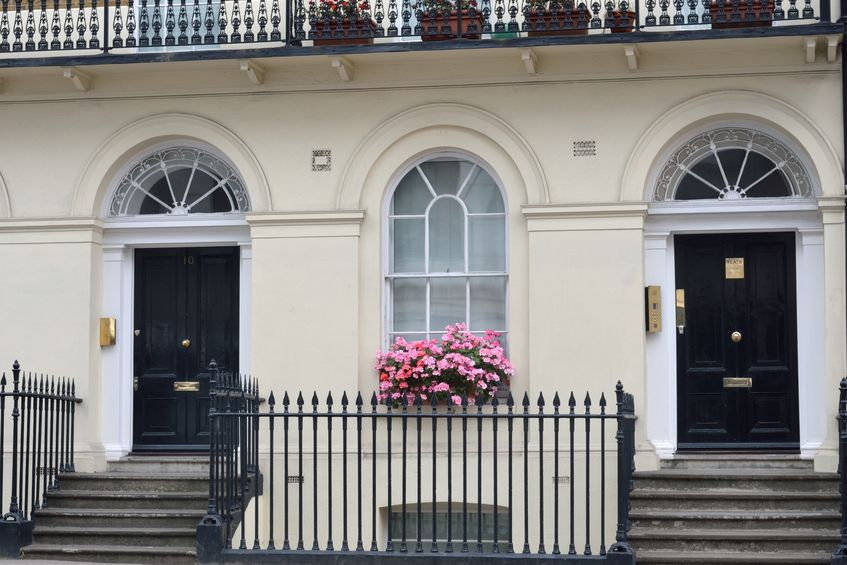How RICS property surveys stay useful long after you’ve bought the property
by
Full and detailed property surveys are really handy things. They’re about much more than establishing a fair market value for a property you want to buy or sell, a snapshot of the way things are now. You can also use the resulting document as a ‘snagging list’ for the property, and it makes a very handy reference document indeed.
What does a RICS building survey involve?
A RICS Building Survey delivers an in-depth inspection. People tend to appreciate the simple presentation style and a 1-2-3 rating system it uses. This classification system means the report makes it clear what the most serious issues are, ideal when you’re looking at investing in a bigger or older place. The same goes if you’re planning major works.
The detailed report that falls out of the survey process gives you an in-depth analysis of the property’s condition. It reveals the full range of issues including defects, repairs and maintenance and even includes special advice sheet about ways to handle some of the common issues that arise. Last but not least it will show you the consequences of not taking action.
What about a building or ‘full structural’ survey?
The most comprehensive survey of all, this one’s perfect for every kind of residential property, particularly handy for older homes and those in need of repairs. It gives you a detailed picture of the work needed, including good advice, and while the surveyor doesn’t actually look under your floorboards or behind the walls, it will highlight any hidden defects he or she thinks are worth mentioning. It should also contain choices about the way you approach vital repairs.
The ins and out’s of a new-build snagging survey
A new-build snagging survey is an independent inspection that searches for problems in a brand new property. It’s important because it forms the basis of a list that the builders must to fix before you move in.
Revealing low-hanging fruit to tick off
A thorough RICS survey will show you clearly all the little jobs you can tick off relatively quickly, things that make a small but important difference to your life in the new property. Things like minor leaks and draughts, minor woodworm, a blown UPVC window or loose guttering. Having them all in one place is great – it means you can literally use the document as a tick list.
Useful for your builder
A survey report is also handy if you’re having the builders in, an extra reference document that they’ll probably appreciate.
Helping you prioritise the important work to do first
Your RCVS survey will reveal any big, potentially expensive things you’ll need to do to bring the property up to standard. It can involve things like fitting a new septic tank system, fixing damp, solving broadband issues, replacing the heating or wiring, pointing the brickwork and mending the roof. It includes advice on repairs, gives you the estimated timings and costs, and tells you what’ll happen if you don’t do the work. All this means you know exactly what’s the most important, the most urgent, and the most expensive.
Helping you sell the property
You’ve ticked off all the things, large and small, that you needed to repair, fix and make good. Now the property is perfect: warm, dry and functioning exactly as a well-kept building should. When you sell up, you can use your annotated survey to show potential buyers all the work you’ve done, and highlight any work that still needs doing. And we all know that the more detail you can provide, the faster the buying or selling process tends to be!
If you’d like a building report that delivers everything you need into the future, not just a valuation, make it an in-depth RICS survey. We can help you with that.

 +44 (0)20 3355 7909
+44 (0)20 3355 7909 professional@friendandfalckesurveyors.co.uk
professional@friendandfalckesurveyors.co.uk
